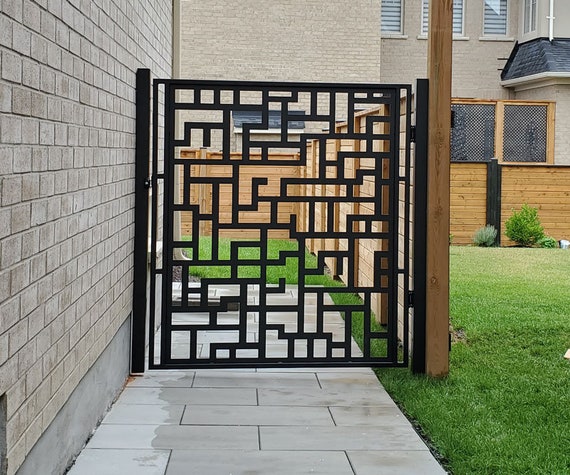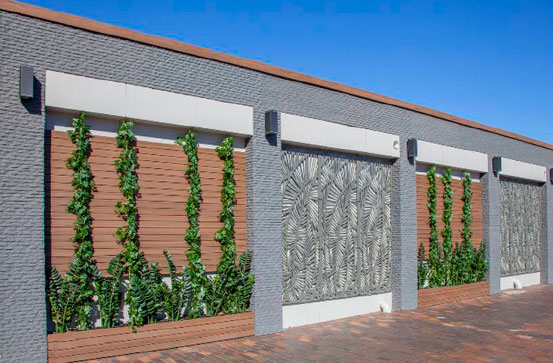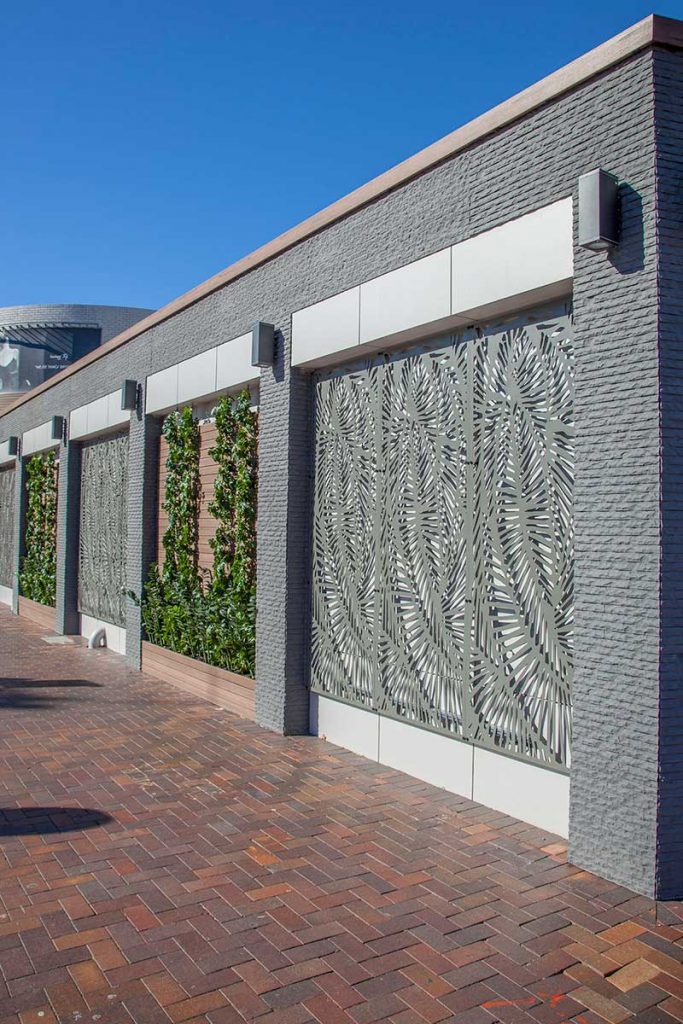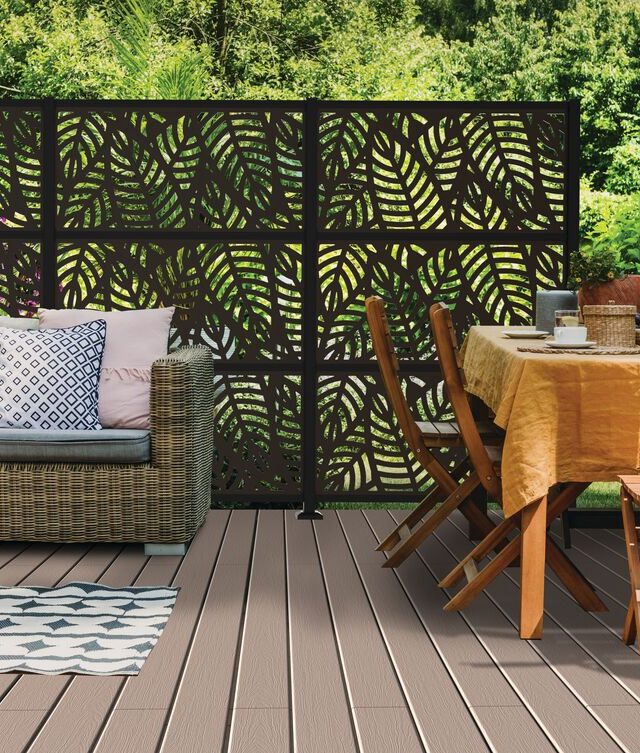Decorative panels for exteriors are becoming increasingly popular among homeowners and designers alike. With their versatility, aesthetic appeal, and functional benefits, these panels can significantly enhance the look of any home. In my own experience as a homeowner, I found that installing decorative panels not only improved the curb appeal of my house but also provided additional insulation and protection. In this comprehensive guide, we’ll dive deep into the world of decorative panels, exploring their types, materials, installation processes, and much more.
What Are Decorative Panels?
Decorative panels are flat, thin pieces used to cover or enhance the appearance of walls and surfaces. They are available in various materials and styles, allowing homeowners to achieve the desired aesthetic for their exterior spaces.
Benefits of Decorative Exterior Panels
| Benefit | Description |
|---|---|
| Enhanced Aesthetic Appeal | Transforms the look of your home with unique designs. |
| Durability | Made from weather-resistant materials that last long. |
| Insulation | Improves energy efficiency by providing extra insulation. |
| Low Maintenance | Most materials require minimal upkeep and cleaning. |
| Customization | Available in various colors and styles to match your taste. |
Types of Decorative Exterior Panels
1. Wood Panels
Wood panels bring a warm, natural look to your home. They are available in various species, including cedar and pine, and can be stained or painted to suit your preferences.

Pros and Cons of Wood Panels
| Pros | Cons |
|---|---|
| Natural aesthetic | Requires regular maintenance |
| Good insulation | Susceptible to pests |
2. Vinyl Panels
Vinyl panels are a cost-effective and low-maintenance option. They come in various colors and styles, mimicking the appearance of wood or stucco.

Pros and Cons of Vinyl Panels
| Pros | Cons |
|---|---|
| Low maintenance | Can fade over time |
| Weather resistant | Less durable than other materials |
3. Fiber Cement Panels
Fiber cement panels are durable and resistant to rot, fire, and pests. They can mimic the look of wood or stucco and are available in various colors.

Pros and Cons of Fiber Cement Panels
| Pros | Cons |
|---|---|
| Highly durable | Can be heavy to install |
| Low maintenance | Requires special tools for installation |
4. Metal Panels
Metal panels offer a modern and sleek look. They are resistant to the elements and can be used as accent pieces or for entire facades.

Pros and Cons of Metal Panels
| Pros | Cons |
|---|---|
| Long-lasting | Can be noisy during rain |
| Fire resistant | May dent easily |
Choosing the Right Material for Your Home
Choosing the right decorative panel material depends on several factors, including climate, budget, and personal style. Here’s a quick comparison to help you decide:

| Material | Cost | Durability | Maintenance | Appearance |
|---|---|---|---|---|
| Wood | Medium | Low | High | Natural |
| Vinyl | Low | Medium | Low | Varied |
| Fiber Cement | Medium-High | High | Low | Natural/Modern |
| Metal | Medium-High | Very High | Low | Modern |
Installation Process of Decorative Panels
Installing decorative panels can significantly enhance your home’s appearance. While some homeowners choose to tackle this project themselves, hiring a professional is often the best option for ensuring a polished finish.

Step-by-Step Guide to Installing Decorative Panels
- Choose Your Panels: Select the material and style that best fits your home’s design.
- Prepare the Surface: Clean and ensure that the surface is even and dry.
- Measure and Cut Panels: Use appropriate tools to measure and cut the panels to size.
- Attach Panels: Start from the bottom, using screws or adhesive, depending on the material.
- Seal Gaps: Fill any gaps with caulking or trim for a seamless look.
- Finish and Clean: Paint or stain as needed and clean the area of debris.
DIY vs. Professional Installation
While the DIY approach can save money, it requires skill and tools that not everyone possesses. Hiring a professional can ensure a seamless installation and often comes with warranties on the work done.
Comparison: DIY vs. Professional Installation
| Factor | DIY | Professional |
|---|---|---|
| Cost | Lower | Higher |
| Time | Longer | Shorter |
| Skill Level | Basic required | Professional expertise |
| Quality | Variable | Consistent |
Decorative Panel Maintenance Tips
To keep your decorative panels looking their best, here are some maintenance tips:
- Regular Cleaning: Wash panels with mild soap and water to remove dirt and grime.
- Inspect for Damage: Regularly check for signs of wear, especially in wood panels.
- Repaint or Reseal: Depending on the material, periodic repainting or resealing may be necessary.
- Trim Overgrowth: Ensure that plants or vines do not touch the panels to prevent moisture-related issues.
Frequently Asked Questions
What are the best decorative panels for exterior walls?
The best type of decorative panel for exterior walls depends on your specific needs. Fiber cement panels offer high durability and low maintenance, making them an excellent choice for most homeowners.
Can I install decorative panels myself?
Yes, but be sure to follow the installation guidelines carefully. If you’re inexperienced, consider hiring a professional for the best results.
How do I choose the right color for my decorative panels?
Consider the overall color scheme of your home. Look for shades that complement the roofing, landscaping, and nearby structures to create a cohesive look.
Are decorative panels energy efficient?
Yes, many decorative panels provide additional insulation, which can help improve the energy efficiency of your home.
How often should I maintain my decorative panels?
Regular inspections and cleaning are recommended at least once a year. Maintenance frequency may vary depending on the material used and local climate conditions.
In conclusion, decorative panels for exteriors are a fantastic way to enhance your home’s aesthetic appeal while also providing functionality. With careful selection and proper installation, these panels can transform your home’s exterior into a stunning and welcoming space. Whether you choose wood, vinyl, fiber cement, or metal, the right decorative paneling will not only improve your property’s appearance but also its value and efficiency.